6 Questions About Community Engagement in Research
What ALL Investigators need to know about Community Engaged Research in an interview with expert Community Navigator Tiffany Israel, MSSW.
What is Community Engaged Research?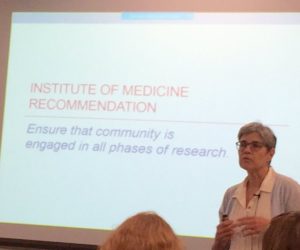
It’s an approach of inclusivity to research, a kind of a framework you operate in where you try to build authentic partnerships with community or patient stakeholders that help to enhance your research, through the creation of your proposal all the way through dissemination.
What is a stakeholder and how can they be identified?
Stakeholders are individuals or groups with a vested interest in the particular clinical research, the evidence that supports that research, and the research findings. They may be patients, caregivers, clinicians, researchers, advocacy groups, professional societies, businesses, policymakers, or others. It really depends on the perspective that you have as a researcher. For some researchers the stakeholders are going to include community-based providers. For others it may be a patient population that’s specific to the research they are conducting. For others it could be all of those things. And it really depends on what it is that those researchers are hoping to accomplish with their research, because the variety of perspectives that are brought to the table by these distinct populations can really help shape a proposal.
How can researchers engage with community and patient stakeholders?
There are lots of different avenues depending on who you identify as your stakeholders. For instance, if you’re at an academic institution it’s quite possible you have a department like the one I work in, the Community Engaged Research Core, which offers Community Engagement (CE) Studios for researchers who are seeking stakeholder input.
The CE Studio can be a valuable experience for research faculty of all ranks, post-docs, fellows and graduate students who are interested in receiving feedback from their population of interest on the relevance and or feasibility of their research ideas. It provides a structured forum to gain valuable patient or community insight and has the potential to transform the way community and academic investigators work together. In a CE Studio, members of the researcher’s population of interest serve as experts. The researcher gives a brief presentation about the research project and poses specific questions to the experts. The discussion that follows is guided by a neutral facilitator to elicit authentic and constructive feedback. Advance preparation by the researcher and stakeholders is essential to success. To optimize stakeholder participation, CE Studio sessions are scheduled at a time and location convenient to community experts, and the experts are compensated for their time. Feedback from researchers and stakeholders who have participated in past Studios indicates that the experience increases the researcher’s understanding of, and sensitivity to the community, and creates an awareness of stakeholder priorities, values and needs. Participating in a CE Studio often prompts researchers to reflect on the significance and impact of their work. Stakeholders have indicated that the experience increases their understanding of the research endeavor, including the motivation of the researcher, and how and why research is conducted. (excerpt from Community Engagement Studio Toolkit)
But if you don’t, the key is that you hire good staff that have the skills and ability to reach out to the community, to clinics, or to other employees at your institution who have that connection so that you can start to then build relationships with patient advocacy groups, nonprofits, and community leaders. It can take so many different shapes and forms depending on who it is exactly you want to build relationships with. When we sit down with a researcher and they say that they want to get feedback from stakeholders, we talk to them about what kind of information they’re hoping to get, we narrow the population’s focus and then we identify key institutions, groups, and leaders in the community that are reflective of that group.
Is a Community Engagement Studio the same as a Focus Group?
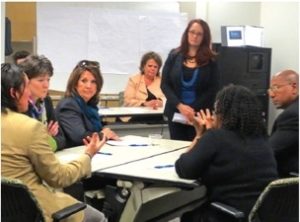 There is a big difference between a Focus Group and a Community Engagement Studio. Focus Groups are a method to collect qualitative data for research. Community Engagement Studios inform the development of a research project. A CE Studio is really a consultative model where a group of your population of interest or stakeholders of interest can come in and advise you about your project; they can give feedback on everything from refining your implementation plan to your recruitment plan to your retention model, staffing, messaging, they can run the gamut. But at the end of the day they are one-time consultants to give feedback on a project.
There is a big difference between a Focus Group and a Community Engagement Studio. Focus Groups are a method to collect qualitative data for research. Community Engagement Studios inform the development of a research project. A CE Studio is really a consultative model where a group of your population of interest or stakeholders of interest can come in and advise you about your project; they can give feedback on everything from refining your implementation plan to your recruitment plan to your retention model, staffing, messaging, they can run the gamut. But at the end of the day they are one-time consultants to give feedback on a project.
How do you know the right level of community engagement, and what is a good starting point for researchers who want to involve the community?
I think that they have to do some self-assessment, of themselves as well as their team. What kind of capacity and knowledge and skillsets do they have already at the table, and what’s missing and do they have the desire to build out those skills or hire the right staff to do so? Community engaged research takes time; it certainly takes a lot more commitment and passion in some ways because you are talking about building sustainable relationships with a partner that is usually external to the academic model. And so of course that’s going to take a little more energy, a little bit more commitment, certainly a little more funding in some respects or at least the desire to shift existing funding outside of the traditional institutional model. I think that community engagement can enhance every research project because patient perspective and bringing that lived experience, even to the most bench-heavy science project, is going to enhance at the very least the dissemination of the information.
What do people typically get wrong and what advice do you have for getting it right?
While you can reach out to community and stakeholders at any phase of your project, in a perfect world you really try from the beginning to build those collaborations and partnerships.
The worst thing in the world is to reach out a few days before your grant is due to ask for a letter of support from a community organization or a community leader.
You really need to invest that time on the front end of the relationship, answer questions, be genuine in your communication and your commitment, don’t make promises you can’t keep, which unfortunately happens quite often. Those good intentions can catch you. At the end of the day, be realistic. Be transparent. Bring to the table a willingness to learn. Don’t overextend yourself, and be open and honest, people really respect that.

Tiffany Israel is a long time community health advocate at Vanderbilt University Institute for Medicine and Public Health in Nashville, Tennessee, where she co-developed a rock solid Community Engagement Studio toolkit, featured on the Trial Innovation Network website, and continues to host studios on behalf of researchers nationwide.
Read about her work: Innovation Report on Community Engagement Studios published in Academic Medicine.


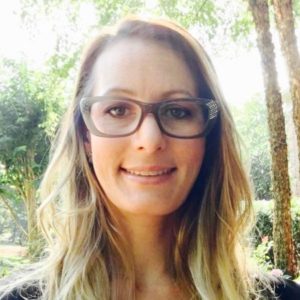
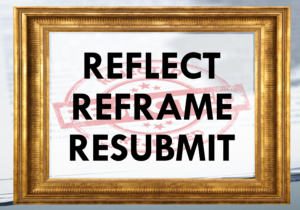
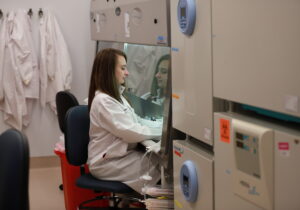

1 Comment
Great post Aimee and Tiffany. I especially appreciate the distinction you draw between Focus Groups and your Studios. We feel much the same here at the Colorado Community Engagement core of our CCTSI. Focus Groups are one time methods of data gathering, albeit qualitative and richer data than what you get on a survey. Real engagement is longitudinal and about co-creating knowledge. – Don